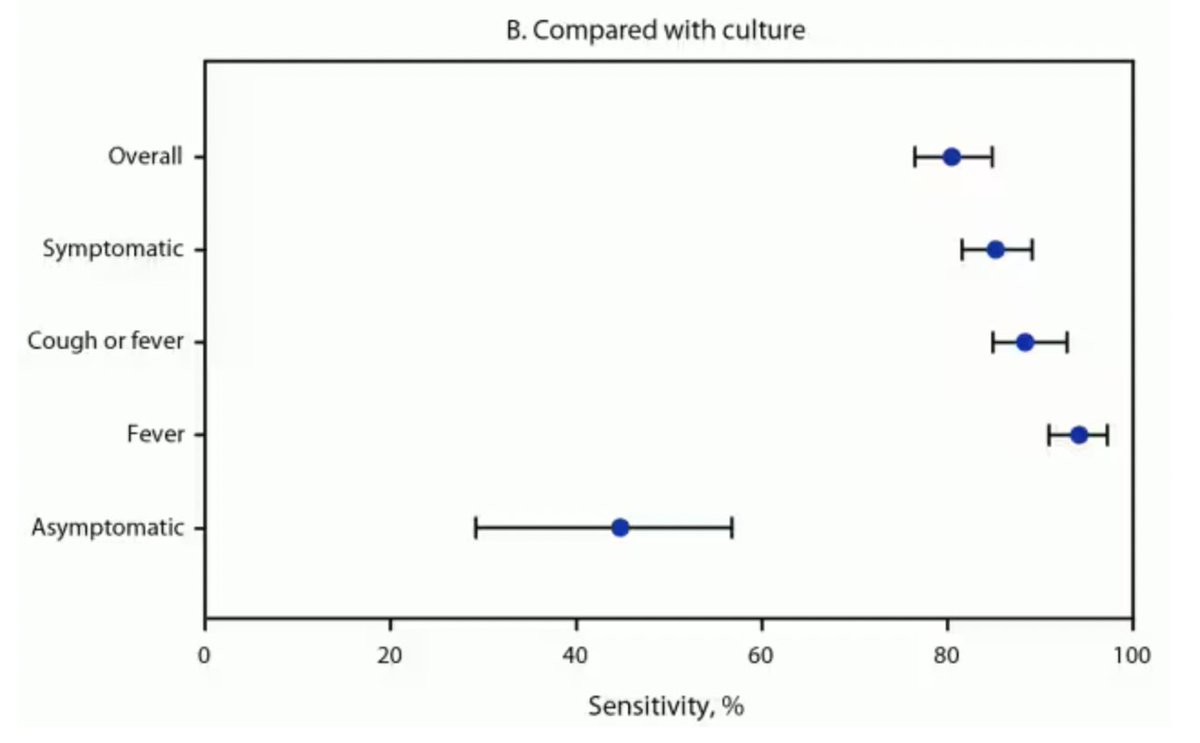Utter rubbish platformed by @GMB. Schools aren't safe - because of England's exceptional policy in schools- 117,000 children with long COVID (tripled in 5 months), and 82 deaths (annual death rate 2-3x flu, and much greater than other childhood illnesses). These are the facts.
https://twitter.com/GMB/status/1480449038663180288
Interesting that GMB doesn't actually put out the clip of the opposing view that highlights this here. The narrative is rather 'anxious mum', rather than children and families beinng failed by govt, media, and society.
https://twitter.com/Sandyboots2020/status/1480464905501347844?s=20
Many of these children's (and parents) lives, and health could've been saved by mitigations in schools and vaccination, which wasn't offered to parents for primary school age groups, and delayed massively even for adolescents. And the media is fully complicit.
So let's stop doing the false dichotomy- schools open without mitigations vs schools closed, and start talking about *how* we keep schools open. The only way is with robust mitigations in classrooms, and vaccines for children.
• • •
Missing some Tweet in this thread? You can try to
force a refresh







